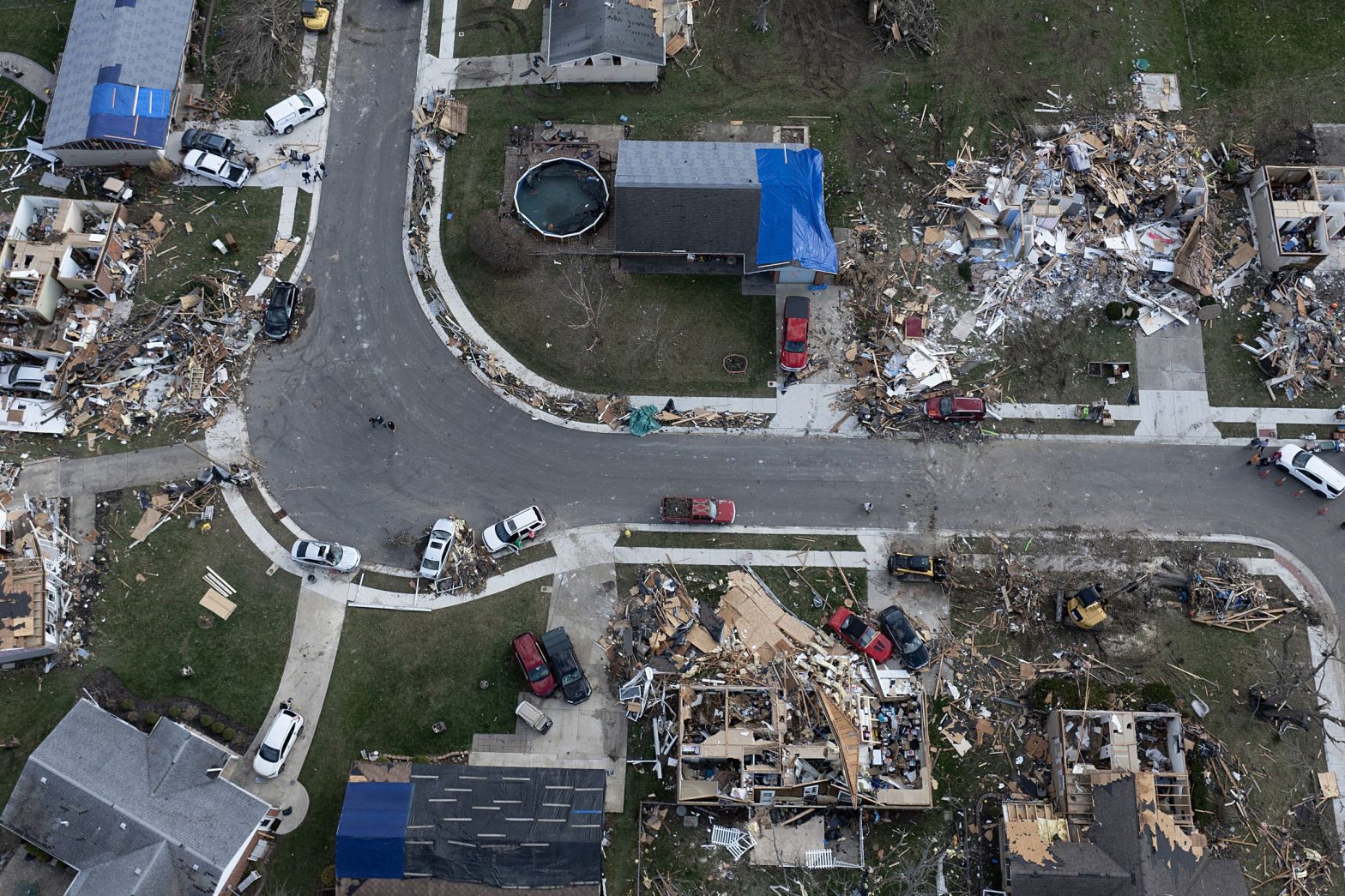/
Verizon Frontline announced a new partnership with the National Weather Service to study hurricanes and tornadoes using drones.
:format(webp)/cdn.vox-cdn.com/uploads/chorus_asset/file/25437202/2087368728.jpg)
Verizon’s first responder network inked a deal to share its drones with the National Weather Service in the hopes of “rapidly” deploying the drones to survey the aftermath of storms and tornadoes.
The US copes with more tornadoes than any other country, and millions of Americans have been under tornado watches this week as storms sweep across the Central US.
Not only will the new partnership allow the National Weather Service (NWS) to quickly assess storm damage, but drone footage could also inform research into tornado behavior. There’s still a lot scientists don’t know about tornadoes. A better understanding of how they form could help the NWS issue earlier and more accurate warnings to people, which could ultimately help save lives.
“This collaboration has the potential to demonstrate how partnerships with Verizon and other organizations to gather drone imagery can significantly improve the services provided by the NWS to the public and partners when disaster strikes,” Tim Oram, NWS southern region headquarters meteorological services branch chief, said in a press release yesterday.
Tornadoes often spin out of supercell thunderstorms, the type of storm that can produce a tall, anvil-shaped cloud. But exactly how, when, and why tornadoes form is still an area of open research. The impact of climate change on tornadoes is an even bigger mystery to solve.
Drones could give scientists a new perspective as they try to answer those questions. After a storm, National Weather Service employees fan out to survey the aftermath and gather data that might improve forecasts for future tornadoes. But drones can get to places faster that are more difficult for people to traverse, especially if the storm left behind blocked roads and mangled infrastructure. They also provide higher-resolution imagery than satellites have in the past.
The National Oceanic and Atmospheric Administration (NOAA) — which houses the NWS — already uses drones for hurricane research and disaster response. Its new Cooperative Research and Development Agreement with Verizon Frontline lasts for three years and is meant to boost that work with access to a bigger fleet of drones. Verizon Frontline, the telecom’s first responder network, says it’ll also provide personnel as needed to quickly deploy the drones after a storm.
“What we’re aiming to do through our partnership with NOAA is develop ways to get these agencies high-resolution imagery much faster than they can get it today by using our robust network and rapid-mapping capabilities,” Chris Sanders, a senior manager for the Verizon Frontline Crisis Response Team, said in the press release.
